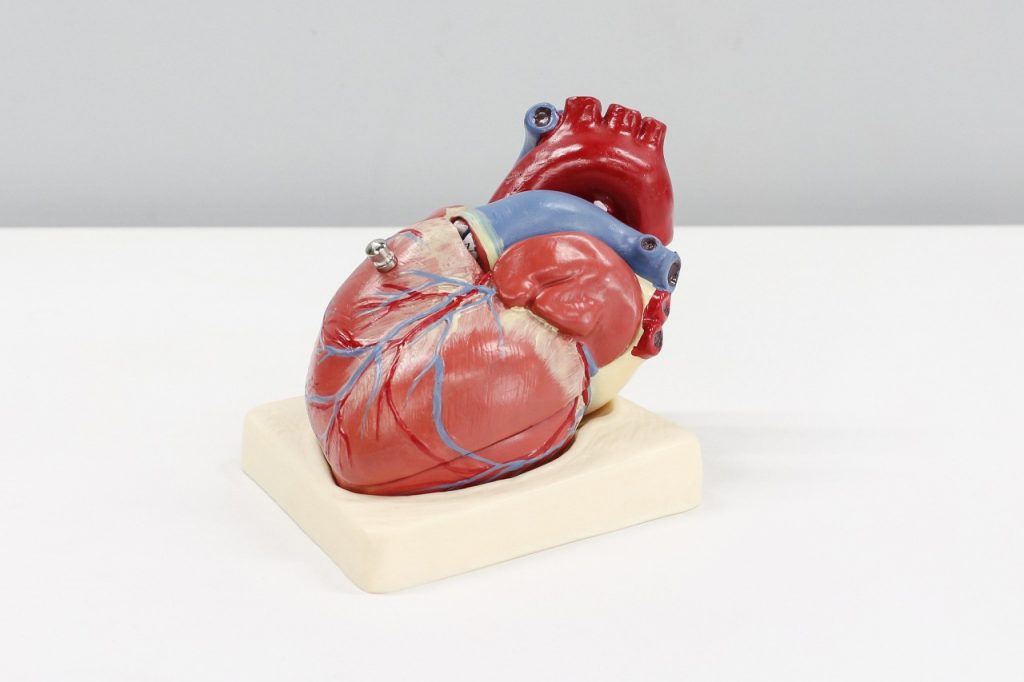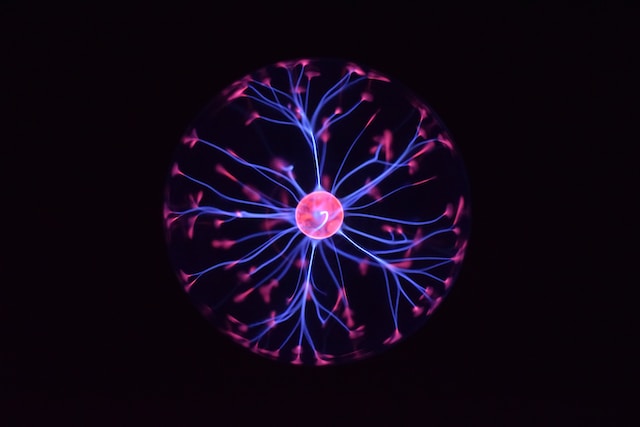3D bioprinting is one of the potential tech-driven elixirs of life that can help humans live longer. Taken to its logical conclusion, it envisages a brave new world where organs can be easily replaced by picking up made-to-order organs from specialized medical stores.
We are, of course, nowhere near that future, but recent advances have made 3D bioprinting an exciting technology to watch out for.
One big advantage of this tech is that the building blocks are already out there, and it’s not merely a theoretical concept. Researchers and niche companies in the field are investing money and putting minds to work.
3D bioprinting is part of a broader framework of therapies called that could be the key to longevity.
So what exactly is 3D bioprinting?
Three-dimensional (3D) bioprinting is a technology that seeks to create living tissue, including blood vessels, heart, skin and bones, using a process called additive manufacturing.
3D bioprinting is a subset of 3D printing, a rapidly evolving technology that produces three-dimensional solid objects from a ‘digital file.’ At its most basic level, a layered process is used to achieve this; plastic, metal, or some other source material is liquefied. After this, the machine adds layer upon layer until you get what you want—a fully-formed object.
Thanks to R&D and the investments being made in the field, 3D bioprinting of organs has seen some real-life successes in the past few years.
Consider these recent developments:
- Researchers at the Murdoch Children’s Research Institute (MCRI) in Australia have teamed up with the biotech company Organovo to create miniature human kidneys in a lab using state-of-the-art 3D technology. This could be the first step towards new treatments for kidney disease and even lab-grown transplants.
- A team of researchers from South Korea’s Pohang University of Science & Technology (POSTECH) was able to create artificial skin that reproduces skin diseases in diabetic patients. The scientists produced an in vitro diseased skin model based on a 3D cell printing system. This new model could one day replace animal models which are conventionally used to observe skin diseases.
Researchers at Technion University in Israel have created a hierarchical blood vessel network using 3D bioprinting. - Scientists from Canada’s Université de Montréal published a study detailing the ability to bioprint brain cells in adult humans using a new laser-based technology.
- A Lund University team has designed a new bioink that allows 3D printing of small human-sized airways using patient cells, a potentially important step in the 3D-printing of organs.

From making houses and shoes to spaceships and automobiles, the potential of 3D printing is limitless. And the same basic concepts could one day be used to manufacture fully functional organs from human cells—that is the promise of 3D bioprinting.
Some biomedical companies believe that within a few decades the tech will have advanced sufficiently to mass-produce functional human limbs and ready-to-transplant organs.
3D printers or bioprinters use ‘bio-ink’ made of living cells to create human tissue. Scientists stack bio-ink layer by layer into the required shape and naturally fuse it to generate human tissue.
Typically, a culture of replacement tissue is taken directly from the patient. The culture is then printed into the shape of the required organ using a bioprinter. Since the organ recipient’s genetic matter is used to make the parts that are to be replaced, there’s less chance of the foreign tissue getting rejected by the immune system—or at least that’s the hope.
Challenges ahead
Though research into 3D printing is galloping ahead, we are still a very long way from making a ready-to-replace human organ.
The above-mentioned concern about foreign tissue being rejected by the immune system, remains a challenge. However, even if a trial were successful, would mass producing 3D printed organs for the larger population be safe?

To date, there are few regulations that apply to the use of 3D printed organs as it does not fit into any clear category of law, thus there are safety concerns about its use, and policymakers around the world do not yet have all the necessary information to make regulatory decisions in this field.
In the longer term, if 3D bioprinting were to become viable, the potential for misuse, to create, for instance, a master race of stronger, invincible people, cannot be ruled out.
Nevertheless, a massive amount of research in healthcare and technology is required before the dream of easily replacing a limb—or a liver—can be realized. Successfully mimicking the complex system of blood vessels in an organ like a liver is a particularly vexing challenge.
3D bioprinting and the road to immortality
3D bioprinting is already being used in impressive ways by doctors and researchers. 3D printing allows experts to create reference models so that surgeons can better prepare for surgeries.
The technology has been used to design medical devices such as a prototype of an inhaler, and manufacture customized 3D-printed surgical instruments.
Inventor Lyman Connor is working on affordable bionic prosthetics made using 3D printing. Digital dentistry and 3D-manufactured pills are some of the other promising areas of research.
Researchers from the University of Newcastle (UK) have succeeded in 3D-printing a cornea of the human eye using bio-ink based on stem cells.
All these amazing examples point in the same direction: 3D printing is set to revolutionize medical care and boost longevity. The long queues for organ donors could become a thing of the past.

However, though it may be tempting to think of the replacement of organs as a quick fix-solution for ageing—assuming the technology is ready to be implemented, by say 2050—the reality is more complex. From the perspective of basic biology, macromolecular damage is in effect ageing. So if the process of cellular and macromolecular damage continues unabated, what would that mean for a body with newly restored organs? The answer is not clear.
Jean Hébert, a Professor of Neuroscience and Genetics at the Albert Einstein College of Medicine in New York who is working on ways to use replacement cells for repairing and rejuvenating the brain, emphasizes that “many in the ageing field use only indirect markers of aging and are open to misinterpretation and false claims.”
Nevertheless, 3D bioprinting has spectacularly opened the doors to better healthcare and longevity, and in the near future, it could provide life-changing benefits to patients in desperate need of a donor or accident victims in search of a limb. Beyond that, another world beckons: a place where anyone can shop for customized 3D printed hearts and kidneys to replace organs that are no longer functioning optimally. 3D bioprinting will certainly pave a less bumpy road to immortality.















